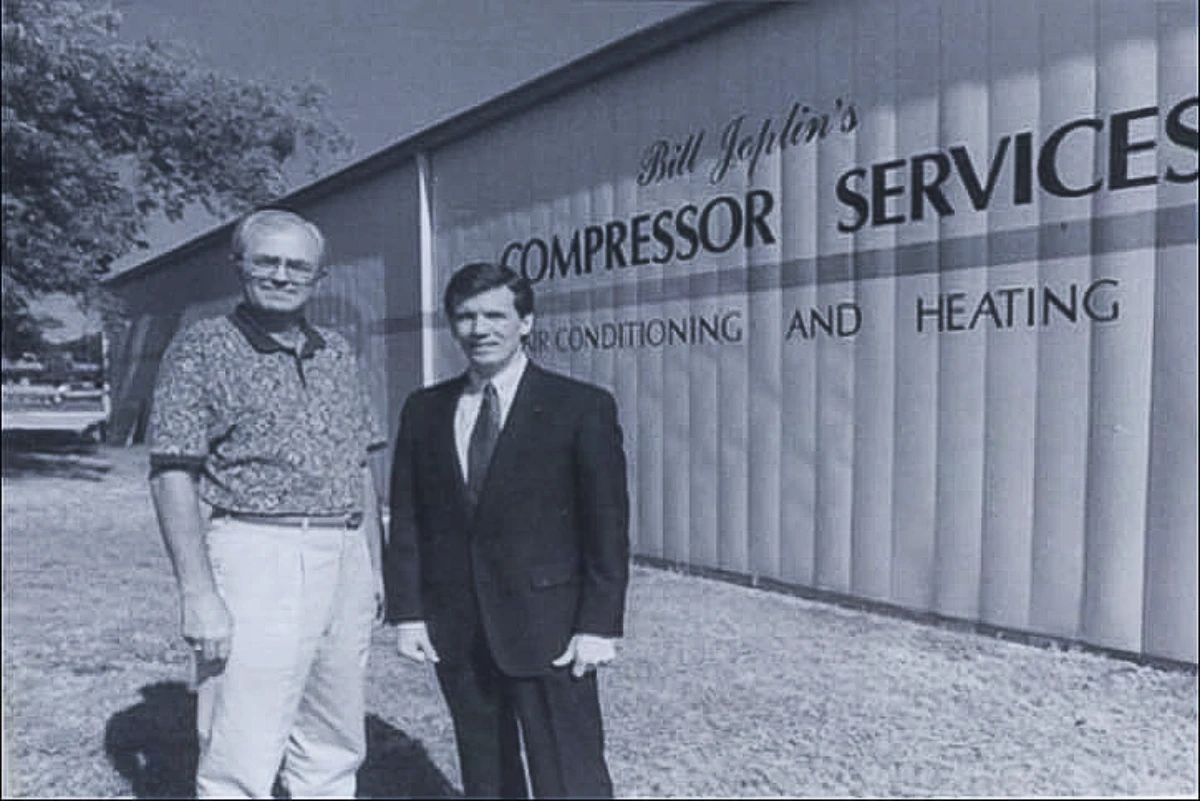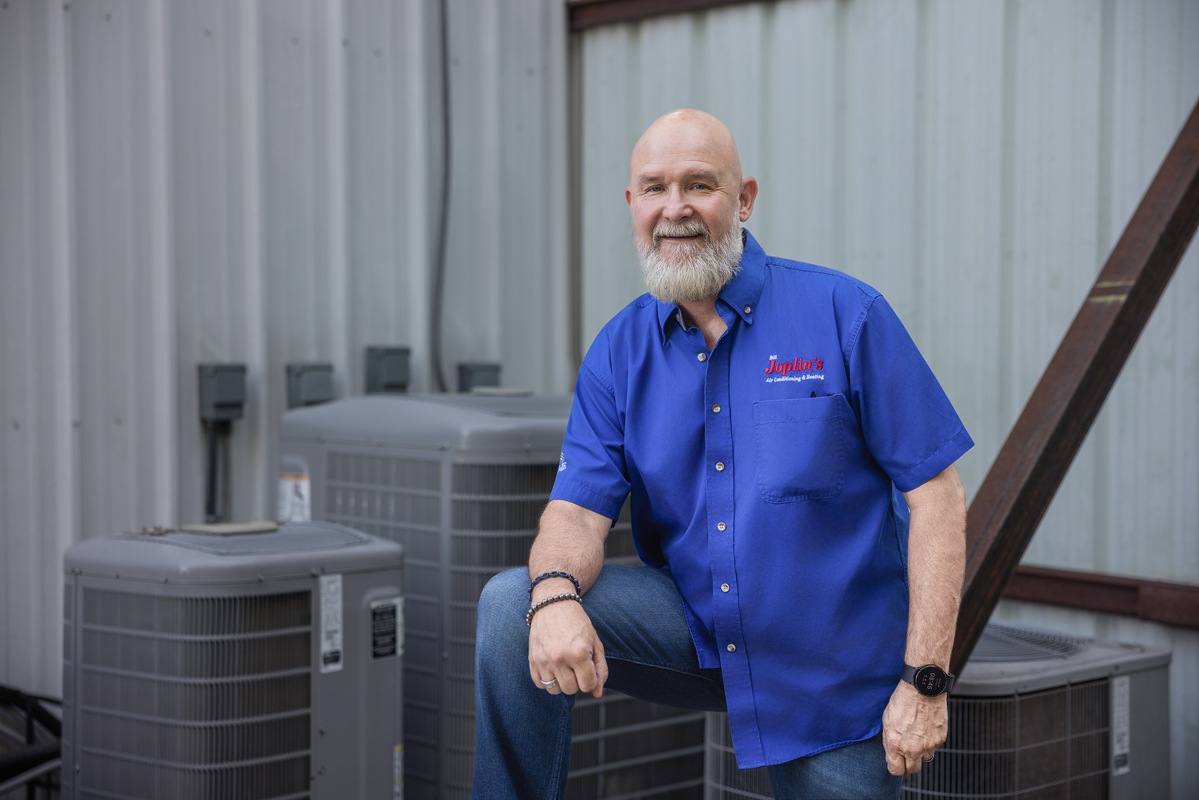 Without an air handler, cool air couldn’t be moved from the air conditioner to the inside of your home. Here’s a brief description of how an air handler works, along with some reasons why a variable-speed air handler can improve A/C function and reduce operating costs.
Without an air handler, cool air couldn’t be moved from the air conditioner to the inside of your home. Here’s a brief description of how an air handler works, along with some reasons why a variable-speed air handler can improve A/C function and reduce operating costs.
Air Handler Function
After your air conditioner produces cool air, it needs a method to move that cool air through the ductwork and out of vents and registers throughout your home. The air handler, which is a powerful fan, blows the cool air into the ducts of your cooling system with enough force to move it all the way through the lengthy duct network.
Variable-Speed Air Handlers
Older style air handlers generally operated at only one speed no matter how much cooling is needed in your home. They control the amount of cooling delivered by simply turning off and on in response to indoor temperature changes. By working at this consistently high speed and continually turning off and on, single-speed air handlers consumer a relatively large amount of energy.
In contrast, a variable-speed air handler works at different levels depending on how much cooling is needed to meet temperature settings at the thermostat. When more cooling is needed, it works at high speed. When less cooling is required, it shifts to a lower speed that saves both money and energy.
They typically start out at about 2/3 full speed, then ramp up the speed when more cooling is required. When acceptable cooling levels are reached, they drop back down to a lower speed, saving energy and reducing overall operating costs. Comfort is not compromised in any way by the variable speed function of the units. In most cases, the speed shifts allow for more effective heating and cooling.
For more information on the benefits and uses of a variable-speed air handler, check out Bill Joplin’s Air Conditioning & Heating’s cooling solutions, or call 888-414-4655.


